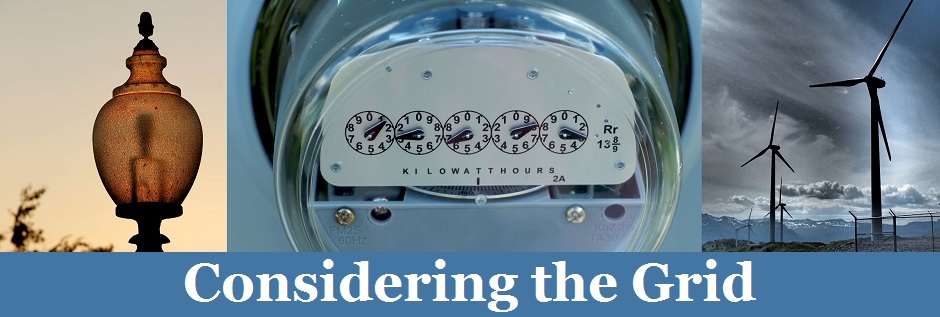A recent white paper issued by the global business advisory firm FTI Consulting, The Impacts of Nuclear Retirements under the Clean Power Plan, suggests that the recent and potentially continuing uptick in nuclear retirements, currently totaling 8.3 gigawatts or 8% of total current nuclear capacity, may make CPP compliance more costly.
The study modeled the electricity and emissions price impacts of the CPP under two cases. The Baseline Case assumes that existing capacity, including nuclear generation that had previously announced intent to retire, is maintained through 2035 and current nuclear capacity under construction is built as planned. The Alternative Case assumes that announced nuclear retirements will occur as planned, additional nuclear units will retire at the expiration of their current licenses, and new nuclear capacity under construction will be built as planned.
Under the Alternative Case, FTI estimates that nuclear retirements will result in a 26% increase in carbon dioxide prices in the Eastern Interconnection over the Baseline Case. FTI predicts that higher carbon dioxide prices will drive increases in wholesale electricity prices, with electricity prices under the Alternative Case between 6-8% higher than the Baseline Case between 2022 and 2032. By 2035, FTI projects this price disparity will widen further, with electricity prices under the Alternative Case nearly 15% higher than the Baseline Case due to predicted acceleration of nuclear retirements after 2031. Areas with significant nuclear capacity or concentrated nuclear retirements demonstrated more dramatic price increases, sooner. For example, FTI’s projections showed electricity prices in the New York Independent System Operator-administered wholesale markets to be roughly 18% higher on average in the Alternative Case than in the Baseline Case.
In comparing its Alternative Case to EPA’s modeling, the paper suggests that CPP compliance may be more expensive than EPA initially projected. According to the paper, the Alternative Case projects electricity prices will be 23% higher in 2025, and 16% higher in 2030, when compared with EPA’s modeling.

